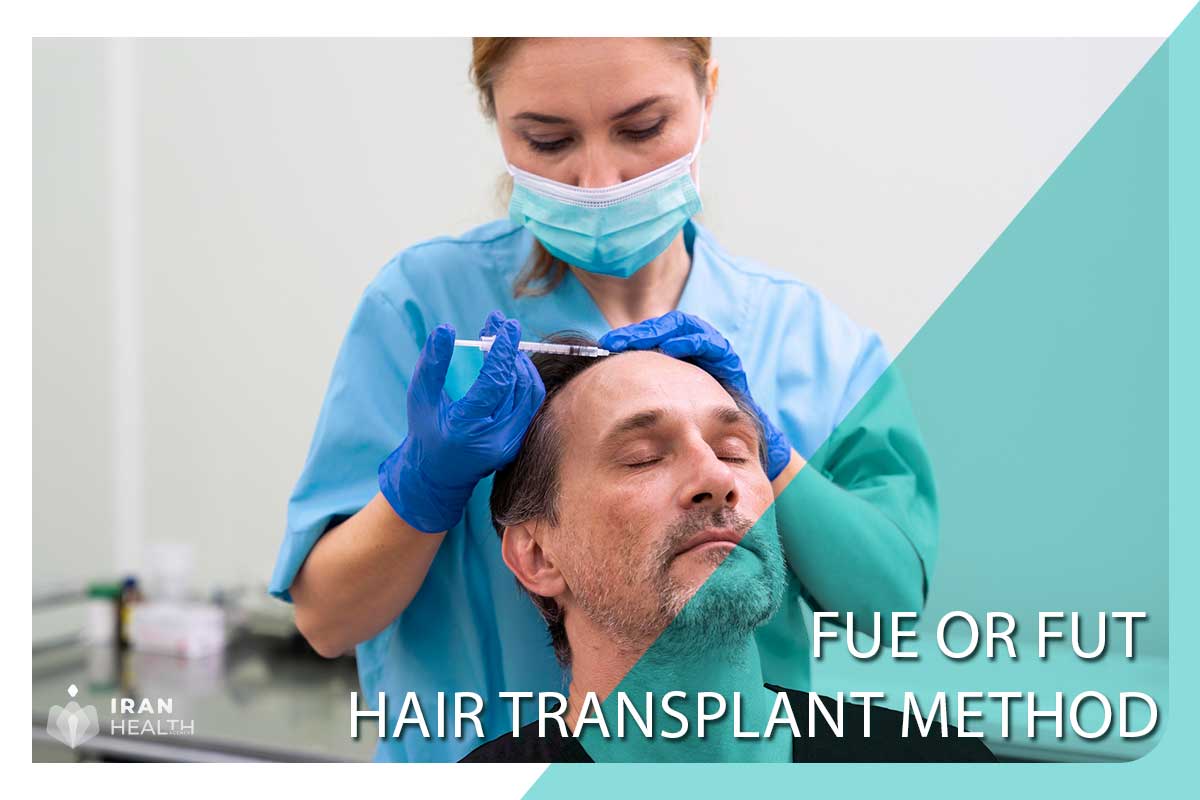FUE Vs FUT Hair Transplant
Baldness is an increasing problem among young people and some older people in most civilizations. That could easily drive someone insane, couldn’t it? Although it is not the same in every nation, it is safe to say that some, if not all, individuals in every culture see baldness as completely humiliating, or to put it another way, a genuine nightmare.
It is not, however, the end of the world: there are various operations that can properly treat your disease. Undergoing a hair transplant process is a daring (but not bald!) step that must be carefully considered before settling on a specific therapy.
This article will go through the two basic hair transplant procedures and the benefits and drawbacks of each. Continue reading to gain a thorough grasp of the two treatments and choose which is best for you.
TRANSPLANTATION OF A FOLLICULAR UNIT (FUT)
The classic and most popular type of hair transplantation is FUT, also known as FUSS (Follicular Unit Strip Surgery). In FUT, a strip of tissue from the back of the skull is extracted and transferred to a dedicated chamber to be cleaned and split into grafts (a piece of tissue containing hair follicles to be planted). The dissected grafts are then placed in holes made in the bald area of the head, known as the ‘recipient’ site.
EXTRACTION OF FOLLICULAR UNIT (FUE)
FUE is a more recent procedure in which a section of the donor region is shaved and then individual strands of hair are taken out by creating circular incisions around them. The FUE process is time-consuming since a doctor must harvest each transplant separately and straight from the scalp. Like in FUT, the removed grafts are subsequently placed into holes formed in the bald region.
FOLLICULAR ISOLATION Procedure (FIT)
A NEW VERSION OF FUE Follicular Isolation Technique (FIT) is a technique that is nearly comparable to FUE. Both hair transplant operations extract/isolate the hair follicles in the donor region one by one. Variations between hair restoration clinics differ more than they do between these two treatments.
As a result, it is reasonable to assume that these hair transplant techniques are essentially the same. If one genuinely wishes to divide hairs here, the only difference is the surgical instrument used to extract/isolate the hair follicles. Aside from slight differences in the devices used to harvest hair, there was no discernible difference between the two.
FUT VS. FUE: WHICH IS BETTER?
The two primary hair transplant procedures are now fiercely competitive. Each has advantages and disadvantages, and more often than not, it is the requirement of the situation that forces us to choose one approach over another.
What frequently bothers patients who are debating whether or not to undergo a certain form of hair transplant is the issue of scarring, and here is where FUT falls short. Unfortunately, FUT leaves a noticeable strip-like scar along the back of the patient’s head, which provides for a less-than-appealing appearance following the treatment.
Aside from this disadvantage, FUT has some advantages that make it a popular method of hair transplantation. One of the primary benefits of FUT is the higher quality of hair harvested from the patient’s scalp.
FUE, on the other hand, leaves no visible scar on the head, making it an excellent solution for persons who wish to cut their hair short. The negative effects of FUE are no more than microscopic pinpricks, and because the scars are so minor, few people will notice them.
FUE versus FUT
While FUT leaves a noticeable scar in the shape of a strip on the back of the head, FUE and FIT leave no visible scarring.
To be completely fair and to do honor to all techniques, we feel obligated to list the benefits of each; this way, you will have all of the knowledge you need to make an informed decision.
In terms of scarring, FUE patients have minimal to no visible scarring. Non-pigmented spots emerge mostly in the rear of a patient’s scalp after FUE.
Because of the modest size of these dots, few people will see them unless the head is fully shaved. Furthermore, the recuperation period following a FUE operation is much less than that following a FUT procedure.
Furthermore, individuals who use FUE have been shown to experience considerably less post-operative discomfort than those who choose the other procedure.
The Benefits and Drawbacks of FUT
FUT has the following advantages:
- Your donor area does not have to be shaved all the way down to grade zero.
- It is appropriate for large-area hair transplantation. Removing hair strips takes much less time than the other procedure, which requires you to remain still for a lengthy period only to have your hair pulled.
FUT has the following drawbacks:
- A linear scar will remain visible in the donor region, which must be concealed by wearing long hair (modern techniques for sewing up the cut has reduced the visibility of the left scar)
- The healing time is prolonged (10-14 days)
FUE and FIT benefits and downsides
The following are the benefits of FUE and FIT:
- After recuperation, there was no evidence of scarring on the scalp.
- Suitable for individuals who prefer short hair.
- Short recuperation time (5-7 days)
The drawbacks of FUE and FIT are as follows:
- The time-consuming process of graft extraction
- Price increase
HAIR TRANSPLANT METHODS in Iran
It is practically unavoidable that Iranians be too concerned with their appearance! And it isn’t always a negative thing; at the very least, it has cleared the path for operations like hair transplant and rhinoplasty in Iran, among others, to gain significant footing and a better reputation in the country.
Iranians, like the rest of the world, appear to support technical breakthroughs in medical sectors, and hair transplantation is no exception. The good news is that Iran has cities teeming with premier hospitals, beauty clinics, and skilled dermatological facilities specializing hair transplant in Iran.
Iran Health agency organized hair transplant operations are carried out in cutting-edge facilities with qualified hair transplant experts and competent employees. Contact us now for a free consultation to learn more about hair transplant processes and receive a free quotation for each.



